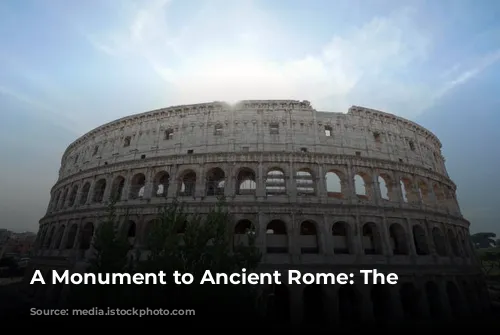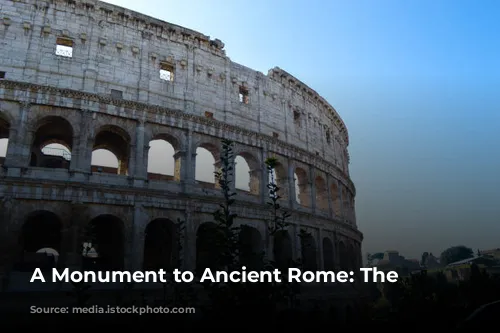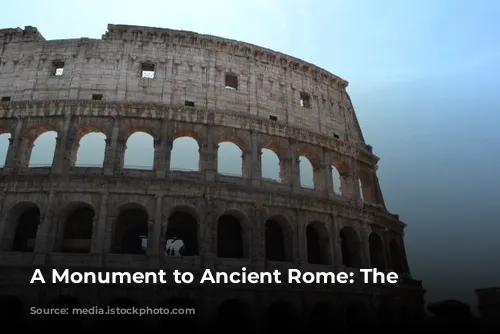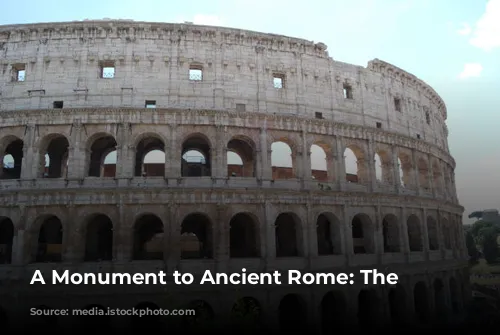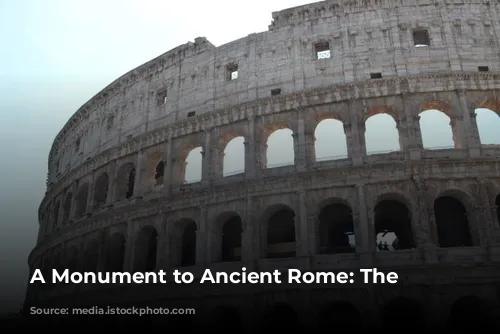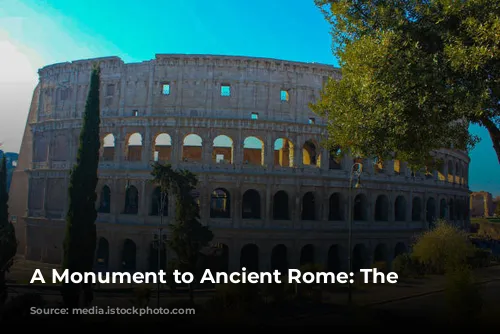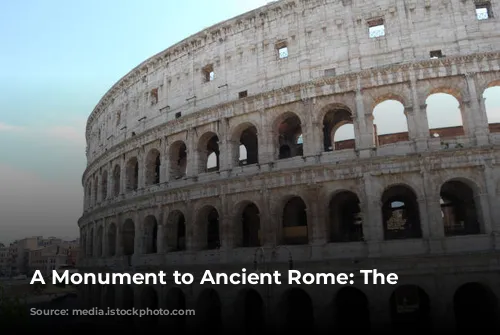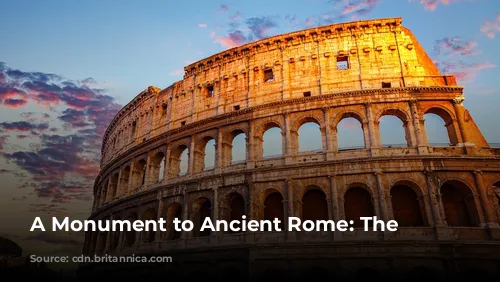Standing as a testament to the architectural and engineering brilliance of ancient Rome, the Colosseum is a towering symbol of a bygone era. Not only does it capture the imagination of travelers from around the world, but it also plays a significant role in the Italian economy. In 2018, the Colosseum, along with the Roman Forum and Palatine Hill, generated a whopping $63.3 million (€53.8 million), making it the top tourist attraction in all of Italy.
This paragraph introduces the Colosseum and highlights its importance as both a historical landmark and a major tourist destination. It also mentions the Colosseum’s economic impact on Italy.
A History of Neglect and Restoration
The Colosseum’s story is a tale of both grandeur and decay. After the fall of the Western Roman Empire, the once magnificent structure fell into disrepair. In the 12th century, it was even repurposed as a fortress by powerful Roman families. This trend continued in the late 15th century when Pope Alexander VI allowed the Colosseum to be used as a quarry. Sadly, this period of neglect lasted for over a thousand years before restoration efforts began in the 1990s, funded by the Italian government.
This paragraph outlines the decline of the Colosseum after the fall of the Roman Empire and the subsequent neglect it experienced. It then describes the restoration efforts that began in the 1990s to revive the monument.
A Venue for Entertainment and Spectacle
The Colosseum’s construction was driven by a desire to revitalize Rome after a period of turmoil. Emperor Vespasian, known for his ambition and practicality, sought to create a space for entertainment and spectacle that would unite the Roman populace. He envisioned the Colosseum as a venue for gladiatorial fights, animal hunts, and even mock naval battles.
This paragraph details the motivation behind the Colosseum’s construction, highlighting Emperor Vespasian’s ambition to revitalize Rome and provide entertainment for the Roman people. It mentions the variety of events held in the arena.
A Symbol of Imperial Power
Construction of the Colosseum began under Vespasian in 70 CE and was completed by his son, Titus, in 80 CE. The fourth story was added later by Emperor Domitian in 82 CE. Interestingly, the funds for the Colosseum were derived from the spoils of war, specifically from the plunder of Jerusalem in 70 CE. Moreover, the construction itself was carried out by enslaved Jews from Judea. The Colosseum thus became a symbol of Roman power and dominance.
This paragraph outlines the timeline of the Colosseum’s construction and highlights its connection to the Roman Empire’s expansionist policies. It emphasizes the use of war spoils and enslaved labor in the construction of this iconic monument.
A Masterpiece of Engineering and Architecture
The Colosseum is a testament to Roman ingenuity. Built with a blend of stone, concrete, and tuff, this elliptical structure stands four stories tall, reaching an impressive height. Its dimensions are equally impressive, measuring 620 by 513 feet (189 by 156 meters) and boasting a capacity of up to 50,000 spectators. The Colosseum was renowned for its use in gladiatorial combat, a spectacle that captivated the Roman populace.
This paragraph details the Colosseum’s architectural features and engineering feats. It highlights its size, materials, and capacity, and mentions its role in hosting gladiatorial contests.
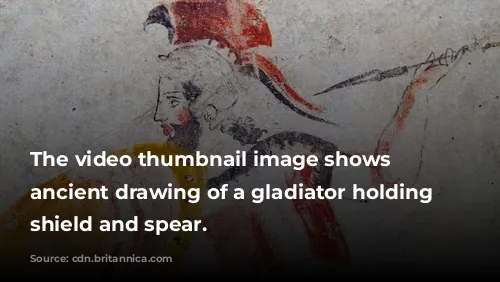
The Colosseum: A Journey Through Time
Built near Nero’s Golden House, the Colosseum replaced the palace’s artificial lake. This strategic choice was symbolic and practical. Vespasian, a ruler who ascended to power from humble beginnings, aimed to replace a symbol of tyranny with a public space for the people. The Colosseum’s structure itself is a marvel of engineering. Unlike earlier amphitheaters that relied on hillsides for support, it stands freely, a testament to Roman ingenuity in utilizing barrel vaults and groin vaults.
This paragraph describes the location of the Colosseum and its symbolic significance, highlighting Vespasian’s intention to create a public space for the Roman people. It also delves into the Colosseum’s construction methods, emphasizing its unique freestanding structure.
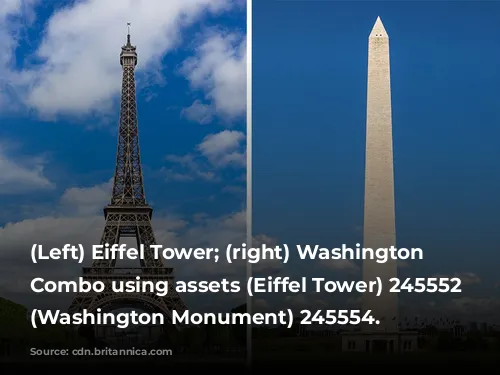
A Seat of Power and Spectacle
The Colosseum offered a unique experience for its spectators. A massive retractable awning, known as a velarium, protected them from the sun. This awning was supported by masts extending from the Colosseum’s top story and required the expertise of hundreds of Roman sailors to operate. The arena was the stage for countless gladiatorial contests, battles between men and animals, and even mock naval battles. While the Colosseum’s role in the martyrdom of early Christians remains uncertain, it is clear that it was a center of entertainment and spectacle during the Roman Empire.
This paragraph details the Colosseum’s features and its use for various events, including gladiatorial contests, animal hunts, and mock naval battles. It touches upon the debate surrounding its role in the martyrdom of early Christians.
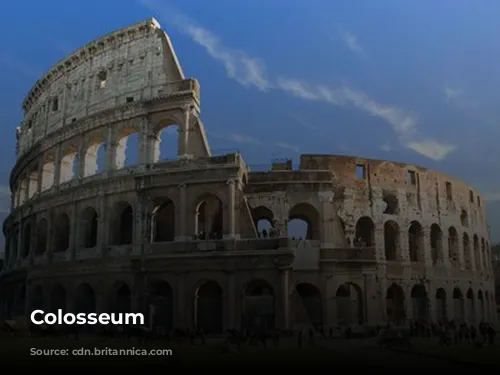
A Legacy of Time and Transformation
Throughout history, the Colosseum has witnessed transformations, serving as a church and a fortress before its long period of neglect. It has suffered damage from earthquakes, lightning strikes, vandalism, and pollution, with even its marble seats and decorative materials stripped away. Yet, preservation efforts began in earnest in the 19th century, and the Colosseum continues to draw millions of visitors each year. Regular exhibitions exploring ancient Roman culture add to the Colosseum’s allure.
This paragraph describes the Colosseum’s transformation through time, highlighting its use as a church and a fortress. It discusses the damage it has sustained and the ongoing preservation efforts. It also emphasizes the Colosseum’s status as a major tourist attraction.
